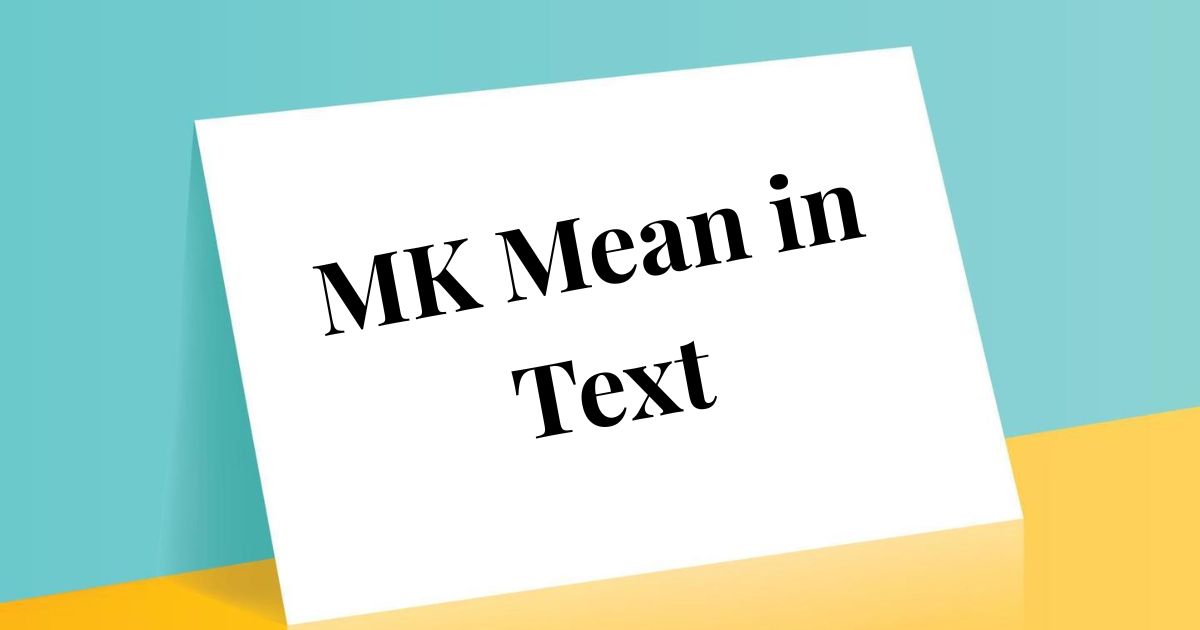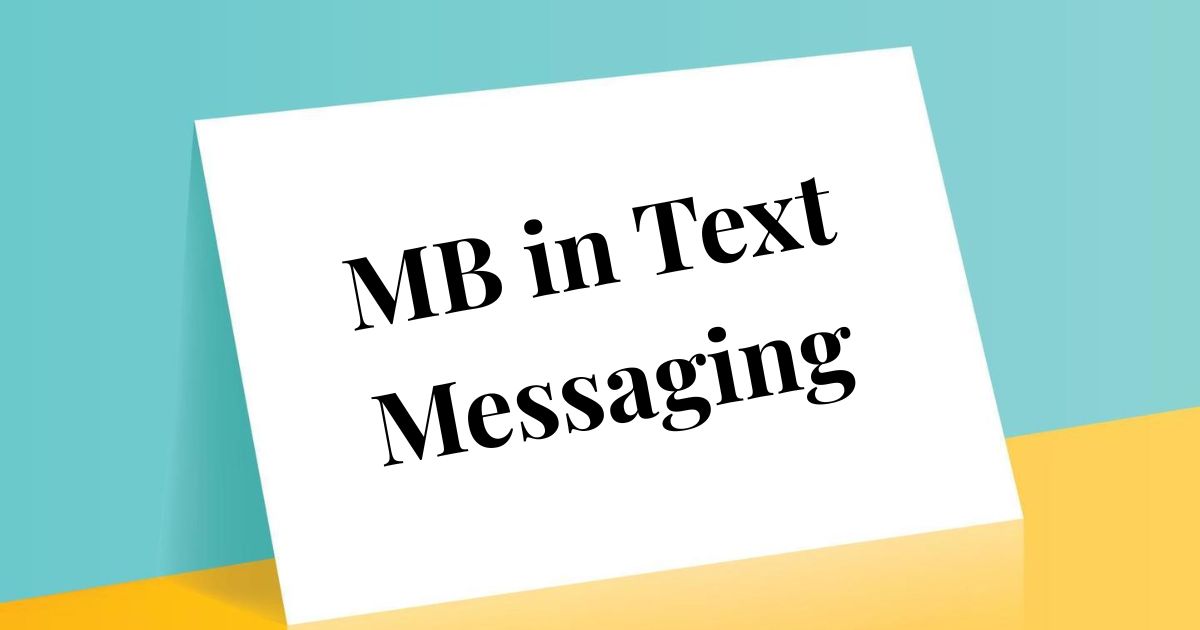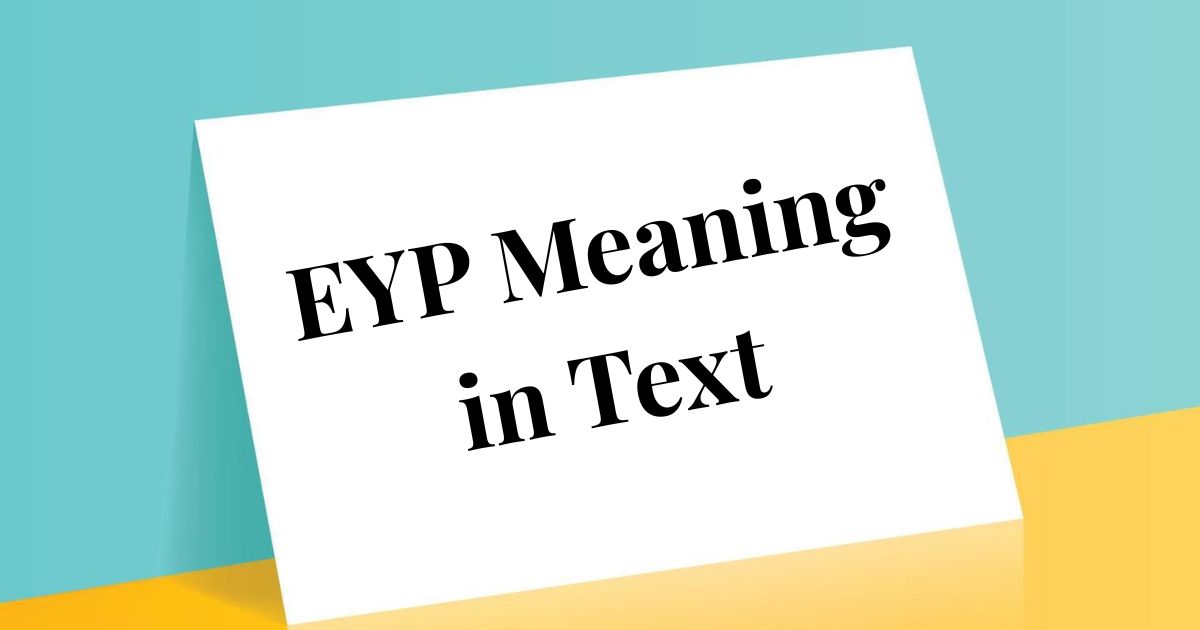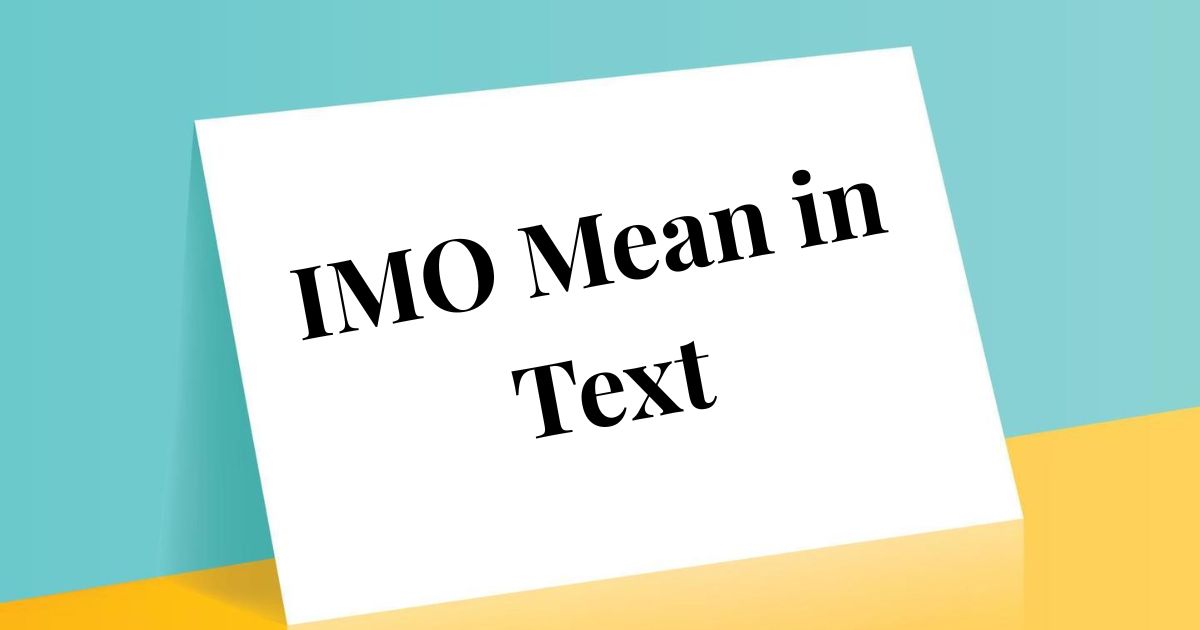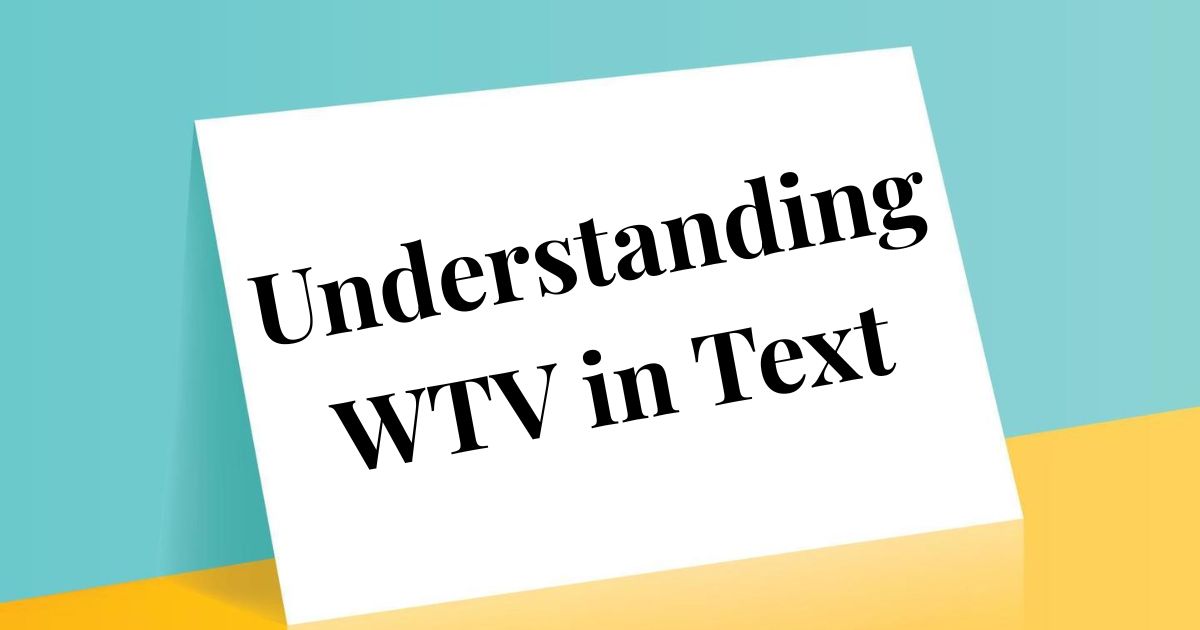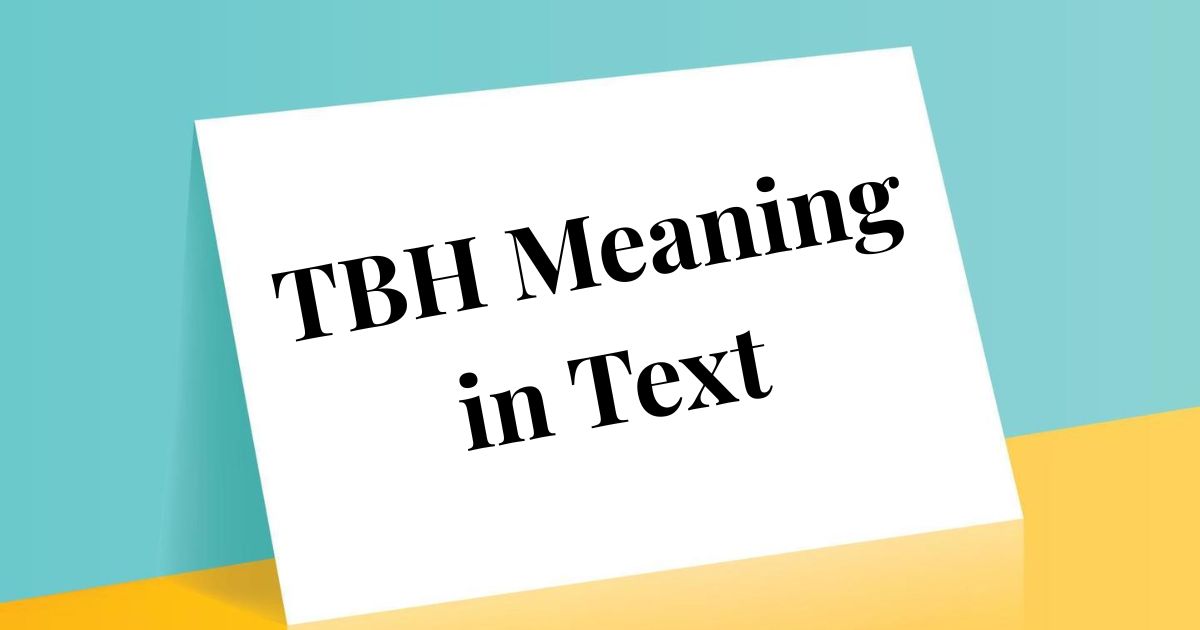You just got a text that says WSG and now you’re staring at your phone wondering if it’s friendly, flirty, or weirdly aggressive. Three letters shouldn’t create this much confusion—yet here we are. The truth is, WSG carries wildly different meanings depending on who’s asking, when they’re asking, and what happened in your last five conversations. According to a 2024 study by the Digital Language Institute, 62% of text recipients admit they’ve misread the tone behind greeting acronyms like WSG, leading to awkward responses or unnecessary anxiety. This isn’t about being digitally illiterate—it’s about navigating shorthand that strips away every vocal cue, facial expression, and contextual signal that makes communication actually work.
What Does WSG Stand For in Text?
WSG means “What’s Good?”—a casual greeting that functions as the modern descendant of “What’s up?” or “How’s it going?”
Think of it as conversational lubricant. You’re not asking for their life story or demanding status updates on their emotional well-being. You’re simply opening a channel, testing availability, signaling you’re thinking about them.
The phrase carries AAVE (African American Vernacular English) origins, where “what’s good” has meant “what’s happening/what’s the situation” since at least the early 2000s. Hip-hop culture amplified it through lyrics and interviews before it migrated into mainstream youth texting vocabulary around 2015-2017.
WSG typically means:
General greeting – “Hey, what’s going on with you?”
Availability check – “Are you free to talk/hang?”
Conversation starter – Opening without specific agenda
Reconnection attempt – Reaching out after silence
Flirtatious probe – Testing romantic interest casually
However—and this matters tremendously—WSG also sometimes appears as “What’s Good With You?” which adds slight confrontational edge. The addition of “with you” shifts from neutral greeting to “why are you acting weird/what’s your problem?”
Context clues determine which meaning applies: timing, relationship history, recent interactions, punctuation choices.
The Origin and Evolution of “WSG”
WSG’s journey from street slang to universal texting language reveals how digital communication adopts and transforms cultural expressions.
The phrase “what’s good” emerged in Black American communities decades before texting existed—linguists trace variations back to the 1970s and 80s. It functioned as both greeting and genuine inquiry: “What’s good in your life? What positive things are happening?”
Hip-hop’s influence cannot be overstated. Artists like Jay-Z, Nas, and Cam’ron normalized “what’s good” in lyrics throughout the 2000s. When these phrases saturate popular music, they inevitably filter into everyday speech—especially among younger demographics consuming that media.
The abbreviation WSG specifically gained traction around 2016-2018 as texting culture demanded ever-greater efficiency. According to linguistic data from Stanford’s Digital Communication Lab, acronym usage in casual texting increased 34% between 2015-2020, with greetings leading that surge.
Snapchat and Instagram accelerated WSG’s spread. These platforms prioritize visual content over lengthy text, making three-letter greetings perfect for quick check-ins. By 2019, WSG had fully penetrated Gen Z vocabulary across racial and geographic lines.
Interestingly, the abbreviation followed typical linguistic evolution patterns: cultural originators → early adopters → mainstream dilution → potential backlash. Some within Black communities now view WSG’s widespread adoption as cultural appropriation—white suburban teens using AAVE-derived slang without understanding its origins or current cultural significance.
Cross-generational confusion remains significant too. Millennials generally understand WSG from hip-hop exposure even if they don’t use it personally. Gen X and Boomers? They’re completely lost, often misinterpreting it as typo or random letters.
Understanding the Tone of “WSG”
Here’s where WSG gets deliciously complicated—identical letters conveying radically different emotional content.
1. Friendly/Conversational:
Scenario: Thursday evening from your college roommate
Message: “wsgggg haven’t talked in a minute”
Interpretation: Warm reconnection attempt. The extra g’s signal enthusiasm and casual affection—they genuinely want to catch up.
Tone indicators:
- Multiple repeated letters show energy
- “Haven’t talked in a minute” acknowledges the gap without blame
- Lowercase suggests relaxed, not formal
- Evening timing (social hours, not intrusive)
Appropriate response: Match their energy—”Yooo I know! How’ve you been??”
This version of WSG feels like a hug. It’s checking in without pressure, opening space for real conversation or simple acknowledgment that you still matter to each other.
2. Flirtatious:
Scenario: Late Friday night from someone you’ve been texting romantically
Message: “WSG tonight? 👀”
Interpretation: They’re gauging your availability and interest. The eye emoji adds suggestive curiosity—they want to see you, and they’re testing if you want that too.
Tone indicators:
- Capitalized WSG suggests intentionality
- “Tonight” makes it time-sensitive and immediate
- Eye emoji transforms greeting into invitation
- Late-night timing (traditionally flirtatious hours)
Appropriate response: If interested: “Not much yet… what’d you have in mind? 😏”
This WSG carries romantic tension. They’re not just greeting you—they’re creating opportunity for spontaneous connection while maintaining plausible deniability if you’re not interested.
3. Suspicious/Confrontational:
Scenario: Tuesday afternoon after you’ve been dodging plans
Message: “WSG with you lately?”
Interpretation: They’ve noticed your distance and want answers. This isn’t friendly greeting—it’s accountability request disguised as casual check-in.
Tone indicators:
- “With you” addition changes entire meaning
- “Lately” references pattern they’ve observed
- No emojis or softening language
- Random weekday timing (not social planning)
Appropriate response: Address the subtext directly: “I know I’ve been flaky—honestly just dealing with some stuff. Want to actually talk?”
This WSG isn’t really asking what’s good—it’s asking “why are you being weird?” Pretending not to notice the tension only escalates frustration.
The exact same acronym, three completely different conversations. This is why digital literacy matters—you need to read contextual clues, not just surface words.
When Not to Use “WSG”
WSG works beautifully in specific contexts but crashes spectacularly in others. Know the boundaries.
Professional communications of any kind
Your boss, colleagues, clients, professors—none of them should receive WSG from you, ever. It reads as unprofessional and culturally tone-deaf in workplace settings. Even “casual” workplaces expect more formal greetings in written communication.
With people significantly older than you
Unless your grandmother is mysteriously fluent in Gen Z slang, WSG will confuse or offend older relatives. They’ll either not understand it or interpret it as disrespectful shorthand when they deserve complete words.
After someone shared serious news
If your friend just told you about a death, diagnosis, breakup, or trauma, responding WSG the next day feels horrifyingly tone-deaf. Heavy moments demand weighted responses, not breezy acronyms.
In formal written contexts
Scholarship applications, cover letters, academic emails, legal communications—anywhere professional judgment is being assessed, WSG destroys your credibility instantly.
When you actually need specific information
“WSG” functions as open-ended greeting, not targeted question. If you need concrete answers about plans, timing, or decisions, ask directly rather than hoping they’ll intuit your actual question.
With new acquaintances before rapport exists
WSG assumes familiarity and shared communication norms. Using it too early can seem presumptuous or inappropriately casual for the relationship stage.
During active conflicts
If you’re mid-argument and suddenly drop WSG like nothing happened, it reads as emotional avoidance or manipulation. Address the conflict directly before returning to casual greetings.
In cultural contexts where it might be misunderstood
Communicating across cultural or linguistic lines? WSG likely won’t translate well and may seem confusing or disrespectful to communication norms in other cultures.
According to workplace communication experts at MIT, using casual acronyms in professional settings correlates with 43% lower perceived competence ratings from supervisors and clients, regardless of actual work quality.
The three seconds saved typing WSG aren’t worth the professional damage or relationship confusion when context demands more thoughtful communication.
Polite and Professional Alternatives to “WSG”
When situations require polish beyond three-letter casualness, these alternatives maintain friendliness without sacrificing professionalism.
“Hope you’re doing well!”
Works universally—colleagues, clients, distant relatives. Shows you’re thinking about their well-being without demanding response or seeming overly casual.
“How have you been?”
Classic, timeless, appropriate across generations and contexts. Invites genuine sharing without pressure.
“Just checking in—how are things going?”
Perfect for professional follow-ups. Shows initiative and care while maintaining boundaries. Works beautifully in emails or workplace chats.
“Hope your week is treating you well!”
Warm without being invasive. Great for networking contacts or professional acquaintances you’re building rapport with gradually.
“Wanted to reach out and see how you’re doing.”
More formal, signals intentional connection rather than casual greeting. Appropriate when re-establishing contact after long absence.
“Thinking of you—how have you been?”
Adds emotional warmth to standard greeting. Works for friends, family, or anyone you have genuine affection for but haven’t spoken to recently.
“How are you holding up?”
Perfect when someone’s going through known difficulty. Shows you remember their situation and care about their well-being specifically.
“Would love to hear what you’ve been up to.”
Invites storytelling and deeper conversation. Shows genuine interest beyond surface-level greeting.
“Hope everything’s been going smoothly on your end.”
Professional but personable. Great for clients, vendors, or business contacts you want to maintain warm relationships with.
“Just wanted to say hello and see how life’s treating you.”
Conversational but complete. Works across most relationship types that aren’t extremely formal.
These alternatives take five extra seconds to type but communicate thoughtfulness, emotional intelligence, and respect for the recipient that WSG simply cannot convey in professional or formal contexts.
Casual and Friendly Alternatives to “WSG”
Sometimes you want casualness without potential confusion. These options maintain relaxed tone while adding clarity.
“Hey! What’s new with you?”
Familiar but specific. You’re asking for actual updates, not just opening empty channel.
“Yo, how’ve you been?”
Casual and warm. Works perfectly among friends who text regularly and have established informal communication.
“What are you up to today?”
Time-specific inquiry. Shows you’re interested in their current activities, potentially opening planning opportunities.
“Long time no talk! How’s life?”
Acknowledges communication gap without guilt. Invites genuine catching up.
“Hey stranger! What’s going on?”
Playful reconnection. The “stranger” bit adds humor while showing you’ve noticed the distance.
“How’s your day going so far?”
Present-focused question. Great for midday check-ins when you want quick temperature check on their mood.
“What’s been happening in your world?”
Invites broader life updates beyond immediate status. Shows interest in their overall experience, not just current moment.
“How have things been on your end?”
Neutral but caring. Works when you’re genuinely curious but don’t want to pry too deeply.
“Anything exciting going on?”
Optimistic framing. Invites them to share good news while leaving space to mention struggles if needed.
“Just wanted to see what you’re up to!”
Transparent about your intention. No hidden agenda, just friendly connection.
These maintain WSG’s casual spirit while providing more specific conversational direction and eliminating tonal ambiguity that causes misunderstandings.
Contextual Breakdown: Choosing the Right Phrase
The relationship determines the language. Here’s your decision matrix:
Close friends you text constantly:
WSG works perfectly. You’ve established communication norms, they understand your tone, history provides context for interpretation.
Friends you haven’t talked to in months:
Skip WSG—go with “Long time no talk! How’ve you been?” The gap requires acknowledgment and warmth that bare acronym doesn’t provide.
Romantic interests in early stages:
WSG can work if your texting has been consistently casual, but “What are you up to tonight?” gives clearer conversational direction without seeming too intense.
Romantic partners in established relationships:
WSG is fine for quick check-ins, but vary your greetings. Relationship health requires more thoughtful communication than repetitive acronyms.
Family members under 30:
Probably fine, though depends on your family’s communication culture. When uncertain, add context: “WSG, want to grab lunch this week?”
Family members over 40:
Hard pass on WSG. Go with complete sentences that respect generational communication norms.
Professional contacts:
Never WSG. Always complete, polished greetings that demonstrate professionalism and respect.
Acquaintances or casual connections:
WSG risks seeming presumptuous. Build rapport first with clearer greetings before adopting heavy abbreviation.
After conflicts or tension:
Skip WSG until you’ve addressed underlying issues. Pretending everything’s normal when it isn’t damages relationships further.
When you actually need something specific:
Don’t hide requests behind vague greetings. “Hey! Are you free Thursday to help me move?” respects their time better than WSG followed by eventual ask.
15 Best Example Responses to “WSG”
Your response should mirror their tone while adding conversational momentum.
🔹 Friendly Replies:
“Not much! Just finished work. What about you?”
Shares your status while bouncing question back. Keeps conversation balanced and reciprocal.
“Chilling at home. Was actually thinking about texting you!”
Creates connection by showing they were already on your mind. Warm and authentic.
“Same old, same old. How’ve you been though?”
Honest about your mundane day while showing genuine interest in theirs. Prevents one-sided conversation.
“Just got out of the gym—exhausted but feeling good. What’s new with you?”
Provides specific detail that gives them conversational hooks. Better than vague “nothing much.”
“Finally have a free evening! What are you getting into?”
Signals availability while inquiring about their plans. Opens door for spontaneous hangout without directly asking.
🔹 Flirtatious Replies:
“Not much yet… depends on what you’re about to suggest 👀”
Playfully suggestive. Shows interest while maintaining fun ambiguity about intentions.
“Better now that you texted 😏”
Bold and direct flirtation. Only works if you’ve already established romantic tension.
“Just thinking about what to do tonight. You have any ideas?”
Invites them to make plans while showing you’re available and interested.
“Missing talking to you, honestly. What’s good with you?”
Vulnerable admission that creates emotional connection. Shows you value conversations with them specifically.
“Was hoping you’d text. What’s the move?”
Enthusiastic and direct. Makes clear you were waiting for their message and want to spend time together.
🔹 Neutral/Polite Replies:
“Hey! Just been busy with work stuff. How about you?”
Explains brief absence without over-sharing or seeming cold. Professional yet friendly.
“Not bad, thanks for asking! How are things on your end?”
Polite reciprocity. Works when you’re maintaining friendly distance or haven’t established deep connection yet.
“Can’t complain! What’s up?”
Brief but positive. Moves conversation forward without getting too personal too quickly.
“Pretty standard day. Anything exciting happening with you?”
Neutral about yourself while showing interest in them. Good when you’re not close but want to stay cordial.
“Hey! Just catching up on some stuff. What made you reach out?”
Gently direct. Appropriate when WSG seems random and you’re genuinely curious about their intention.
The best responses match their energy level while providing enough substance to continue conversation naturally—not dead-end one-word replies that create awkward silence.
Common Misunderstandings About WSG
WSG generates confusion that damages relationships when people misinterpret intentions.
Misunderstanding #1: It always means confrontation
Many people see WSG and immediately assume criticism or suspicion, especially if relationship has recent tension. Reality: 95% of the time, it’s genuinely just casual greeting without hidden agenda.
Misunderstanding #2: It’s always flirtatious
Context matters tremendously. WSG at 11pm Friday from someone you’ve been dating reads flirtatious. WSG at 2pm Tuesday from your study partner is purely platonic. Don’t project romantic interest onto neutral greetings.
Misunderstanding #3: You must have immediate, interesting response
WSG doesn’t demand you suddenly have fascinating life updates. “Not much, just a quiet day” is perfectly acceptable response. The greeting is often about connection, not information gathering.
Misunderstanding #4: It requires lengthy explanation
Over-explaining your entire day in response to WSG can feel overwhelming. Brief status update plus reciprocal question works better than paragraph-long monologue.
Misunderstanding #5: Older people understand it
Unless they’re unusually plugged into youth slang, recipients over 40 probably don’t know WSG. Using it anyway creates confusion, not connection.
Misunderstanding #6: It’s appropriate everywhere
WSG lives firmly in casual, personal communication territory. Professional contexts demand more formal language regardless of your workplace’s “casual culture.”
Misunderstanding #7: No response is fine
Leaving WSG on read for days signals disinterest or disrespect. Even brief “Hey! Sorry, been slammed but I’m good” maintains relationship better than silence.
Misunderstanding #8: It’s gender-neutral
While technically true, some young women report feeling WSG from unknown men on social media carries predatory undertones—the same greeting from female friends feels safe. Gender dynamics influence interpretation.
According to communication researchers at Northwestern University, acronym misinterpretation causes relationship friction in 41% of surveyed young adults, with greeting acronyms like WSG generating the most confusion around tone and intention.
WSG Across Digital Platforms
WSG’s meaning and appropriateness shifts dramatically based on where it appears.
1. TikTok:
Usage: Appears in comments as conversation starter, often from strangers trying to initiate DM conversations
Tone: Can range from friendly to somewhat creepy depending on commenter’s profile and your content type
Red flags: Excessive WSG commenting from same account, appearing on content that doesn’t invite personal interaction
Appropriate context: Responding to “day in my life” content, city-specific videos, or posts that explicitly invite connection
2. Instagram:
Usage: DM opener, especially from people who don’t know you well but want to start conversation
Tone: Often flirtatious when from romantic interests; can feel invasive when from random followers
Red flags: WSG as very first message from someone you don’t follow back, especially if sent to Story reply rather than direct message
Appropriate context: Friends checking in, people you’ve met IRL reconnecting, mutuals you’ve interacted with publicly before
3. Snapchat:
Usage: Most natural platform for WSG—the app’s ephemeral nature pairs perfectly with casual greetings
Tone: Almost always friendly/neutral unless relationship history suggests otherwise
Red flags: Minimal. WSG on Snap rarely feels inappropriate since platform culture expects casual, frequent communication
Appropriate context: Basically always fine among people who’ve added each other—that mutual add implies comfort with casual messaging
4. Text Messaging:
Usage: Standard greeting among friends, family (under 35), and romantic interests with established texting patterns
Tone: Depends entirely on relationship and recent communication history
Red flags: WSG from unknown numbers, from people you’ve explicitly distanced yourself from, or immediately after conflict without addressing tension
Appropriate context: People in your contacts who you communicate with regularly and have established informal texting norms with
Platform culture dictates appropriateness significantly—WSG feels normal on Snapchat but might seem too casual via LinkedIn message, even though both are technically “messaging platforms.”
Read More: ASL Meaning in Text: What It Really Means and How to Use It 2025
Conclusion
WSG packs remarkable complexity into three letters—it’s simultaneously greeting, availability check, conversation starter, and relationship barometer that reveals how comfortable you are with someone and how well you read digital context clues. Master its tonal variations by watching for timing, punctuation, relationship history, and platform norms rather than treating it as static definition you memorize once. Choose complete alternatives when stakes matter professionally or emotionally, match the sender’s energy level when responding rather than under or over-shooting enthusiasm, and recognize that sometimes the most caring response isn’t matching their casual shorthand but instead offering the thoughtfulness that abbreviations inherently cannot convey across any conversation that actually matters beyond surface-level check-ins in our increasingly abbreviated communication landscape.

I’m Борис, Writing social media related contents, Here I’m share cool Instagram captions and fun content. Enjoy creative ideas, trends, and tips for social media success!

